The ‘Philly Gayborhood and LGBTQ History Walking Tour’ offers a unique opportunity to explore the vibrant and pioneering LGBTQ community of Philadelphia. Led by knowledgeable guides, this comprehensive tour takes participants on a journey through the neighborhood’s rich history, highlighting the contributions of influential activists and the evolution of Pride celebrations. From tracing the roots of the LGBTQ rights movement to uncovering the cultural and social impact on the city, this tour promises an immersive and enlightening experience. Whether you’re a local or a visitor, this tour provides a captivating window into the remarkable story of Philadelphia’s LGBTQ community.
Key Points
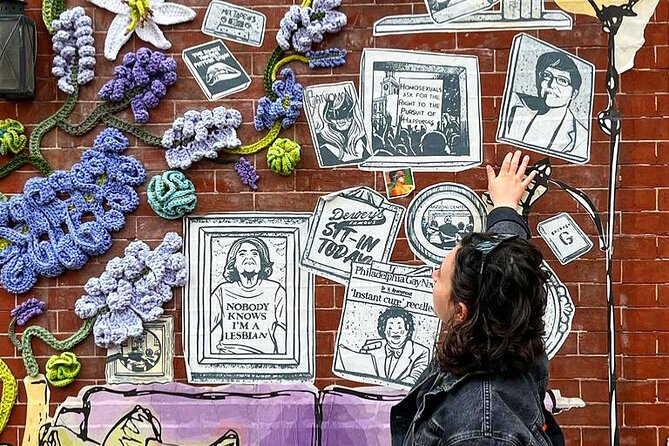
- This walking tour explores the historic ‘Gayborhood’ in Philadelphia, showcasing the area’s prominent LGBTQ activists, leaders, and the evolution of Pride.
- The tour covers the pioneers of the LGBTQ rights movement and their fight for equality, highlighting the community’s cultural and social contributions.
- The meeting point is at the intersection of 13th Street and Locust Street, providing a centralized location in the heart of the Gayborhood.
- The tour lasts approximately 3 hours and has a maximum group size of 30 travelers, allowing for an in-depth exploration of the Gayborhood’s LGBTQ history and landmarks.
- The tour is fully accessible for wheelchair users and strollers, with service animals allowed, ensuring a diverse range of participants can fully immerse in the LGBTQ history.
Tour Overview and Highlights
The guided walking tour takes participants through Philadelphia’s historic ‘Gayborhood‘, showcasing the area’s prominent LGBTQ activists and leaders while tracing the evolution of Pride from a protest movement to a celebratory parade.
Along the way, travelers will learn about the pioneers of the LGBTQ rights movement and how they fought for equality and visibility.
The tour also covers the community’s cultural and social contributions, from the emergence of gay-owned businesses to the annual Pride parade that’s now a joyous celebration of diversity.
Guests can opt for a private tour if they’ve a group of 5 or more, providing a more personalized experience.
If you're enjoying exploring Philadelphia on foot, you'll love these other walking tours we recommend
Meeting Point and Location
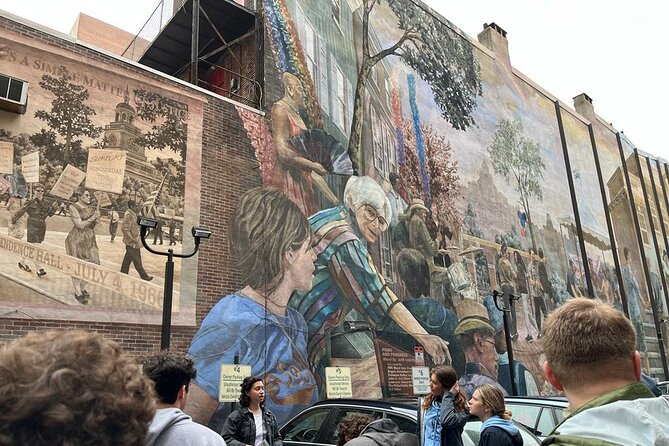
Located at the intersection of 13th Street and Locust Street, the meeting point for the Philly Gayborhood and LGBTQ History Walking Tour is outside Bud & Marilyns restaurant. This centralized location in the heart of the Gayborhood makes it an easily accessible starting point for the tour.
| Accessibility | Nearby Amenities |
|---|---|
| Wheelchair accessible | Bud & Marilyns restaurant |
| Stroller accessible | Public transportation |
| Service animals allowed | Historic landmarks |
The tour meeting point is conveniently situated near public transportation, allowing participants to arrive via bus, subway, or rideshare. Plus, the surrounding area offers a variety of dining, shopping, and cultural experiences to complement the walking tour.
Tour Duration and Group Size
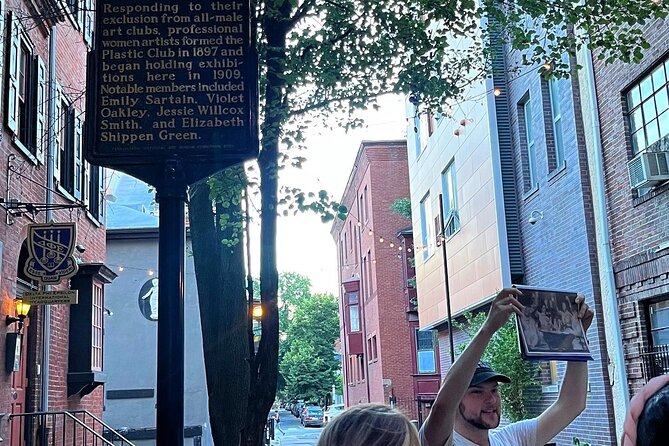
The Philly Gayborhood and LGBTQ History Walking Tour typically lasts approximately 3 hours, providing participants with an in-depth exploration of the neighborhood’s rich LGBTQ history and landmarks.
Tour groups are limited to a maximum of 30 travelers, ensuring an intimate and personalized experience for all attendees. This duration allows the knowledgeable guides to share a wealth of information about the evolution of Pride from a protest to a parade, as well as highlight the contributions of prominent LGBTQ activists and leaders who’ve shaped the community over time.
The tour’s carefully curated content and moderate group size create an engaging and informative experience for both first-time and repeat visitors to Philadelphia’s vibrant Gayborhood.
Accessibility and Accommodations
Along With the tour’s thoughtful curation and manageable group size, the Philly Gayborhood and LGBTQ History Walking Tour is designed to be fully accessible to travelers with various accessibility needs.
The tour route is wheelchair accessible, and strollers are welcome. Service animals are allowed to accompany guests on the tour.
The meeting point at the intersection of 13th Street and Locust Street is conveniently located near public transportation options.
This accessibility ensures that the tour can be enjoyed by a diverse range of participants, allowing them to fully enjoy the rich LGBTQ history and culture of Philadelphia’s Gayborhood.
Cancellation Policy
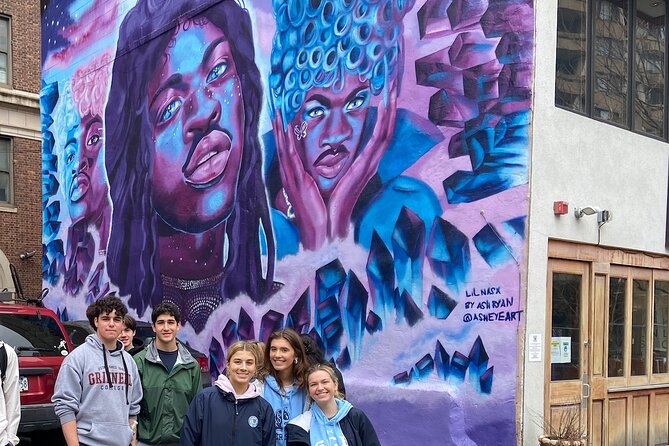
With the Philly Gayborhood and LGBTQ History Walking Tour, guests can take advantage of a free cancellation policy up to 24 hours before the experience begins, providing flexibility in their travel plans.
This policy allows participants to make last-minute adjustments without any penalties, ensuring a stress-free booking process.
Whether plans change due to unexpected circumstances or a change of heart, travelers can feel confident in their ability to cancel their tour reservation with ease.
The cancellation policy reflects the tour operator’s commitment to customer satisfaction and their understanding of the unpredictable nature of travel.
This flexibility is a valuable added benefit for those considering this unique walking tour experience.
Fascinated by Philadelphia's past? More historical tours we've covered
Exploring LGBTQ Activism and Leadership
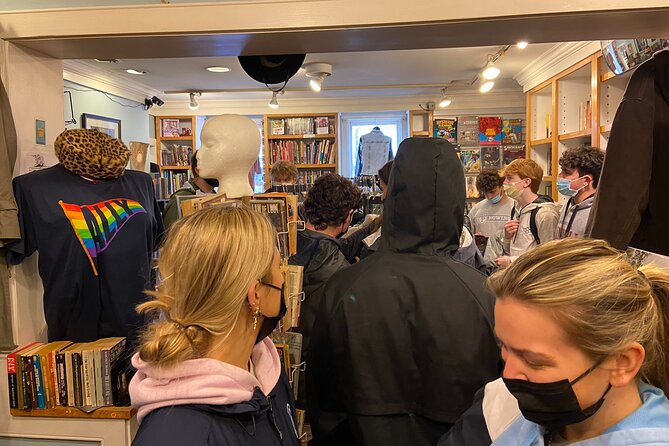
This walking tour doesn’t just recount the history of Philadelphia’s Gayborhood – it shines a spotlight on the influential LGBTQ activists and leaders who’ve shaped the community’s evolution over time.
Participants will learn about pioneers like Gloria Casarez, the city’s first director of LGBTQ affairs, who fought tirelessly for LGBTQ rights and visibility.
They’ll also discover the stories behind key landmarks, like the legacy of William Way, whose community center bears his name and serves as a hub for LGBTQ organizing.
Throughout the tour, the guide highlights how Pride has transformed from a protest to a celebratory parade, thanks to the courage and determination of local trailblazers.
It’s a must for anyone interested in LGBTQ history and activism.
Tracing the Evolution of Pride
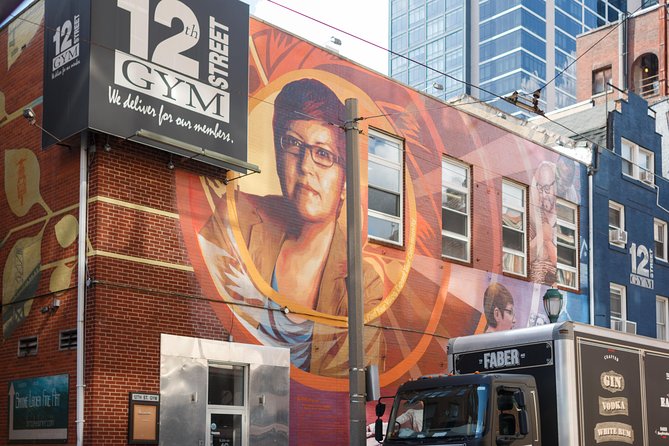
The tour explores how Pride has evolved from a protest to a celebratory parade, highlighting the pivotal role of local LGBTQ trailblazers in driving this transformation. Guests will learn how the annual Pride parade, a joyous celebration today, emerged from the community’s fight for basic rights and recognition. The tour traces this journey, showcasing how activists like Gloria Casarez leveraged events like the annual Pride march to raise awareness and amplify LGBTQ voices. Participants will gain a deeper appreciation for the hard-won progress that led to the vibrant Pride celebrations Philadelphia hosts today.
| Year | Event |
|---|---|
| 1972 | First Pride march in Philadelphia |
| 1983 | Pride parade becomes an annual tradition |
| 1995 | Pride parade draws over 10,000 attendees |
| 2013 | Philadelphia names a street the "Gayborhood" |
| 2022 | Pride parade celebrates LGBTQ resilience and joy |
Private Tour Options

For groups of 5 or more, the tour company offers private tours tailored to their specific interests and needs.
These customized experiences allow larger parties to explore the Gayborhood’s rich LGBTQ history at their own pace and dive deeper into aspects that resonate most with them.
The private tours cover the same ground as the regular walking tour, highlighting prominent activists, leaders, and the evolution of Pride from protest to parade. However, the guide can adjust the pace, focus, and depth of each topic based on the group’s preferences.
This flexibility makes the private tour an appealing option for those who want a more personalized and intimate exploration of Philadelphia’s Gayborhood and its LGBTQ legacy.
Frequently Asked Questions
What Precautions Are in Place for Covid-19?
The tour operator follows local COVID-19 guidelines. Masks may be required, group sizes may be limited, and physical distancing encouraged. Travelers should check the tour’s website or contact the operator for the latest health and safety protocols.
Is Photography Allowed During the Tour?
Yes, photography is generally allowed during the tour. However, participants should be respectful and ask for permission before taking photos of other tour members. The tour guide may also provide guidance on photography etiquette during the experience.
Are Restroom Breaks Provided During the Tour?
The tour provider typically schedules restroom breaks during the tour to accommodate participants’ needs. Exact timing and frequency of breaks may vary depending on the length and itinerary of the specific tour. Participants are advised to check with the tour operator for details.
Can Participants Leave the Tour Group for a Short Time?
Participants can typically take short breaks from the tour group if needed. However, they should inform the guide and rejoin the group promptly to avoid missing important information or getting separated. The tour guide’s permission is usually required for participants to leave the group.
What Happens in Case of Inclement Weather?
If inclement weather occurs, tour operators will typically work with participants to reschedule the tour or provide a rain check. They aim to ensure the safety and comfort of guests while accommodating changes in the weather.
Recap
The Philly Gayborhood and LGBTQ History Walking Tour offers a comprehensive exploration of Philadelphia’s vibrant LGBTQ community.
It showcases the area’s prominent leaders, traces the evolution of Pride, and highlights the community’s cultural contributions.
Fully accessible, the tour provides a personalized and hassle-free experience, ensuring participants gain a deeper understanding of the LGBTQ rights movement and its lasting impact on the city.
More Walking Tours in Philadelphia
- Philadelphia’s Founding Fathers Walking Tour
- The Constitutional Walking Tour of Philadelphia
- Philadelphia Walking Tour: A Lot of Colonial Nonsense Review
- Philadelphia Italian Market Smartphone Guided Audio Walking Tour
- Philadelphia Secrets and Scandals 1.5 Hour Walking Tour
- Private Colonial Era Philadelphia Waterfront Walking Tour
More Tours in Philadelphia
More Tour Reviews in Philadelphia
Not for you? Here's more things to do in Philadelphia we have recnetly reviewed
- 5 Best Dining Experiences In Philadelphia
- 18 Best Food Tours In Philadelphia
- 5 Best Dinner Tours In Philadelphia
- Unique Scavenger Hunt Experience in Philadelphia by Operation City Quest
- Scavenger Hunt Adventure in Allentown by Wacky Walks
- Sedan Private Transfer Philadelphia Train Station to Philadelphia
- Walking Tour of Philadelphia Historic Jewish Quarter
- Private Professional Vacation Photoshoot in Philadelphia
- A Magical Christmas Tour in Philadelphia
- Scavenger Hunt Adventure in Allentown by Zombie Scavengers
- Philadelphia Historical Independence Walking Tour
- Longwood Gardens Flower Show Pop up Tour From Philadelphia
